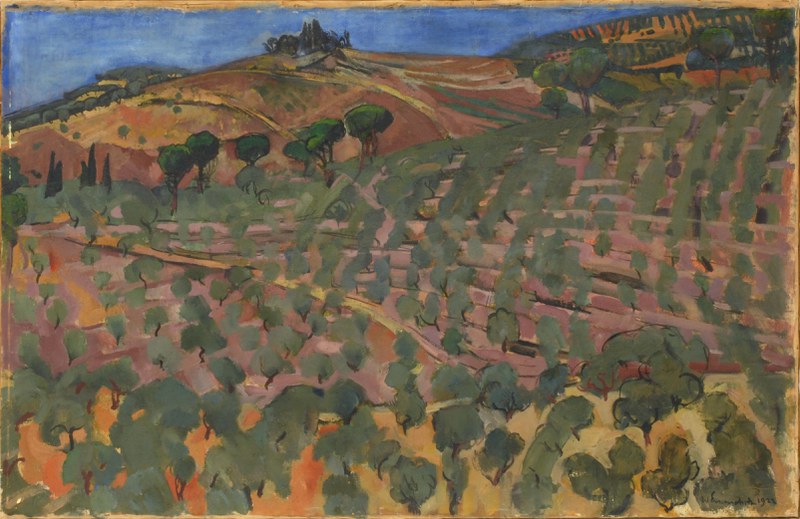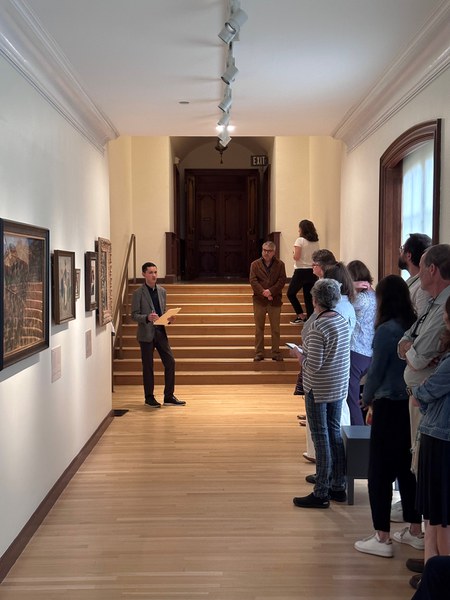
Contemporaries: Twentieth-Century Painting at Dumbarton Oaks
Contemporaries: Twentieth-Century Painting at Dumbarton Oaks seeks to draw order from the diverse artistic responses to the early twentieth century present in the Dumbarton Oaks House Collection. The exhibition provides a cross-sectional view of the House Collection through a chronological lens to illustrate how the paintings relate to one another, how the narratives of the collection’s early twentieth-century art (1901–1937) diverges from canonical art historical narratives, and how the Blisses turned to contemporary artists to articulate the history through which they were living.
Ten paintings that span a range of mediums, styles, subjects, and politics, are organized into five pairings on the themes of exteriors, interiors, landscape, group portraits, and figure studies. Each pairing presents contrasting views of life in the early twentieth century. Contemporaries offers viewers an opportunity to negotiate the complexities of the House Collection with a mind toward the founders’ multifaceted artistic vision and the paintings’ historical and art historical contexts.
Objects on View
Portrait of a Man (Self-Portrait in 17th-Century Costume)
Émile Friant
c. 1925
Watercolor over black pencil on paper
HC.P.1925.09.(WC)
.JPG)
.JPG)
.JPG)
.JPG)
.JPG)
.D2023_image02.jpg)
.JPG)
.JPG)
.JPG)
.JPG)

